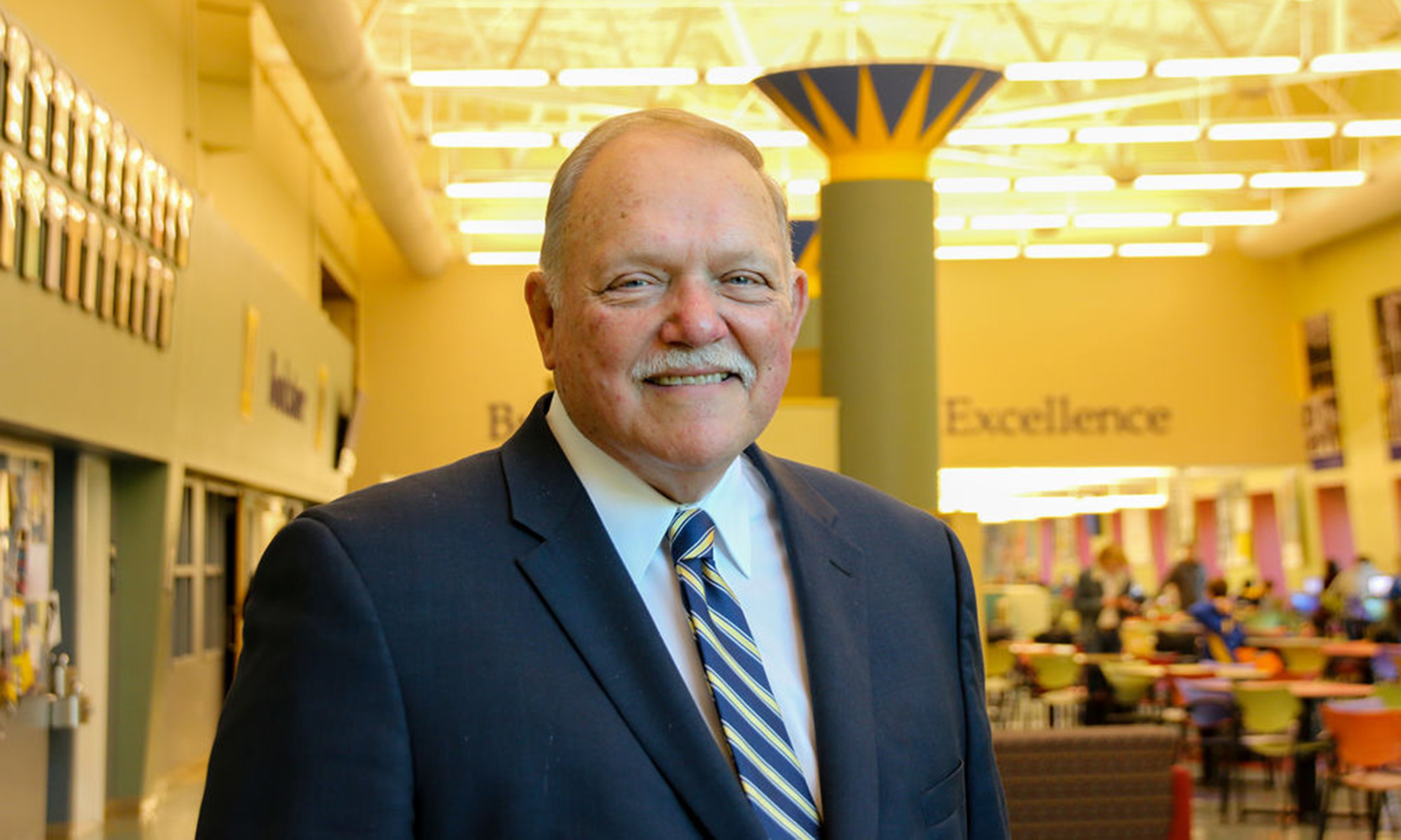
The DNA of the “Golden State Killer” sat in storage for decades. Police had the evidence they needed to identify definitively the man who killed 12 people and raped 45 women across California. But they didn’t have the method — until GEDmatch.
Through GEDmatch — a free open-data personal genomics database and genealogy website where people submit the raw data from their DNA profiles, data that they receive from ancestry testing results, to find family members — police found someone who partially matched their DNA evidence. And then they tracked the killer through his family tree.
“Well, that got everyone’s attention earlier this year,” said Criminal Justice Studies Program Director Donald Shelton. “It was more than having a high-profile cold case solved. It was how it was solved."
DNA in police work isn’t new — for decades, the government has used Combined DNA Index System (CODIS), an FBI database of forensic profiles taken from arrested or convicted felons. But non-court-ordered familial DNA searching on a website where users have agreed to “other uses” in the terms and conditions is new.
“People voluntarily uploaded their information and agreed to GEDmatch’s terms, including access by the police, so it does not violate the fourth amendment, which protects against unreasonable searches and seizures. And by police using the site, society got a desired result: getting a dangerous person off the street,” Shelton said.
“Even though it is legal, there are ethical and moral concerns raised concerning who can access raw DNA information. We have seen the good it can do, but is there a slippery slope on genetic surveillance here?”
Shelton, sociology associate professor, is looking into this question and others through researching the recent impact of this familial DNA search method through his project, “The Criminology Theory of Relativity: Using Genealogy Databases to Solve Crimes.” He’s conducting this on-going research with Frederick Bieber, a medical geneticist and faculty member at Harvard Medical School.
Shelton will present his work at the College of Arts, Sciences, and Letters Faculty Research Slam. The event, where 13 faculty will share concise summaries of their research, begins at 8:30 a.m., Oct. 26, in Kochoff Hall. The Sargon Partners Undergraduate Research Showcase presented by CASL will take place following the Research Slam.
Shelton said he’s pleased to have an opportunity to speak about his research with campus and talk about this new search approach and its implications.
“With everything your raw DNA can tell people about you, it is a legitimate security concern that needs to be sufficiently addressed,” he said. “But it has power to do good too. DNA can exonerate innocent people who were convicted of a crime that they didn’t commit. As seen in the Golden State Killer case, it can put dangerous people in prison.”
Shelton, a retired judge from the 22nd circuit court, said he’s presided over a case where DNA evidence and genetic matching helped solve a 35-year-old murder.
The 1969 murder of Jane Mixer, 23 at the time, was thought to have been done by the Co-Ed Killer, a serial killer and rapist on Michigan college campuses in the late 1960s, who was sentenced to life in prison on another murder case. But DNA found otherwise.
“A group of detectives decided to look at her case again in the early 2000s since the murder wasn’t done in the same style as the others,” Shelton said. “They got a hit on a 62-year-old man who was in CODIS; he was a male nurse who wrote a fraudulent prescription in 2001, and that Kalamazoo drug court conviction put his DNA on file in CODIS. If he hadn’t done that, they wouldn’t have found him.”
Shelton said this expanded familial DNA search could unlock answers in many cases where there is no CODIS match. But at what cost?
“There’s a fine line between the government duty to keep us safe and our individual rights to freedom and privacy. And where those two lines rub together is criminal justice,” he said. “It’s important that when we see the potential of new advancements, like this expanded use of DNA, we research its impact from both sides of that line.”




